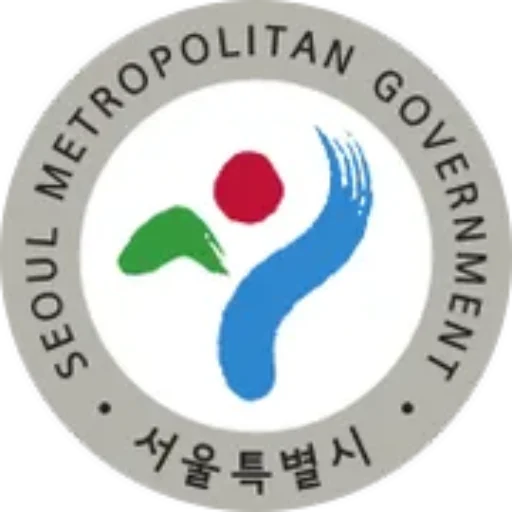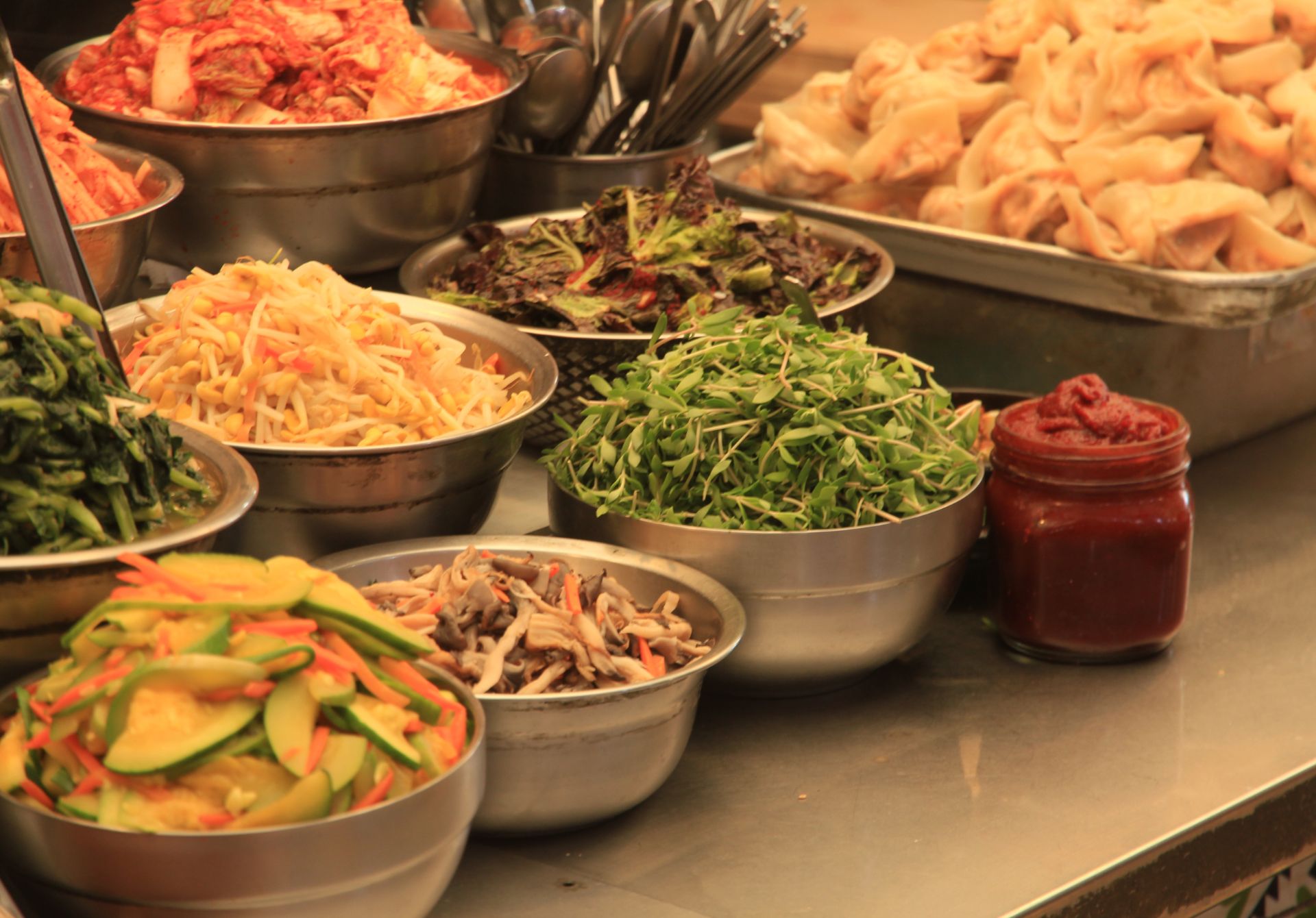Established in 1905, Gwangjang Market holds the distinction of being Korea’s first permanent market and one of Seoul’s oldest continually operating marketplaces. Originally named Dongdaemun Market, it was renamed Gwangjang Market in 1960, reflecting its status as a place where “light and prosperity spread widely.” During the Japanese colonial period, the market served as a symbol of Korean commercial independence, owned and operated by Korean merchants who sought economic autonomy.
Architectural Heritage and Layout
Spanning over 42,000 square meters with more than 5,000 shops and stalls, Gwangjang Market’s architecture reflects early 20th-century Korean commercial design. The market’s historic two-story buildings, with their distinctive wooden beams and traditional tile roofs, have been preserved, earning it recognition as Seoul’s Historic Landmark No. 19. The market is divided into specialized sections, creating a labyrinthine paradise for shoppers and food enthusiasts alike.
A Textile Trading Hub
Historically, Gwangjang Market has been renowned for its textile trade, particularly hanbok (traditional Korean clothing) materials. The market’s second floor houses over 1,000 fabric shops, offering everything from silk and cotton to modern synthetic materials. Master tailors operating within the market can create custom hanbok in as little as two weeks, making it a premier destination for both locals and tourists seeking traditional Korean attire.
Culinary Delights and Street Food Culture
The market’s ground floor has evolved into one of Seoul’s most celebrated street food destinations, attracting over 65,000 visitors daily. Famous for its bindaetteok (mung bean pancakes), the market sells approximately 5,000 of these crispy delicacies each day. Other iconic dishes include:
- Mayak Gimbap: Small seaweed rice rolls nicknamed “addictive gimbap”
- Yukhoe: Fresh raw beef seasoned with sesame oil and garlic
- Sundae: Traditional Korean blood sausage
- Tteokbokki: Spicy rice cakes in gochugaru sauce
Cultural Significance and Modern Impact
In recent years, Gwangjang Market has gained international recognition through various food and travel shows, including Netflix’s “Street Food: Asia.” This exposure has led to a 30% increase in international visitors between 2018 and 2023. The market employs over 20,000 people and generates annual revenue exceeding $500 million, making it a vital economic engine for Seoul’s traditional market sector.
Preservation and Future Challenges
Despite its success, Gwangjang Market faces modern challenges, including aging infrastructure and competition from modern retail outlets. The Seoul Metropolitan Government has implemented a preservation program with a budget of ₩5 billion (approximately $4.2 million) to maintain the market’s historic structures while improving facilities for vendors and visitors. These efforts aim to balance preservation with modernization, ensuring the market’s sustainability for future generations.
Practical Information for Visitors
Located in Jongno-gu, the market is easily accessible via Seoul Metro Line 1 (Jongno 5-ga Station) or Line 2 (Euljiro 4-ga Station). The market operates daily from 8:30 AM to 6:00 PM, though food vendors often stay open until late evening. The best times to visit are during weekday lunches to avoid weekend crowds, with peak season occurring during spring and fall festivals.
Gwangjang Market stands as a living testament to Seoul’s commercial and culinary heritage, successfully balancing tradition with modern demands. Its significance extends beyond mere commerce, representing a crucial intersection of Korean history, culture, and gastronomy. As it continues to evolve while preserving its authentic character, the market remains an essential destination for anyone seeking to experience the heart of traditional Korean market culture.

